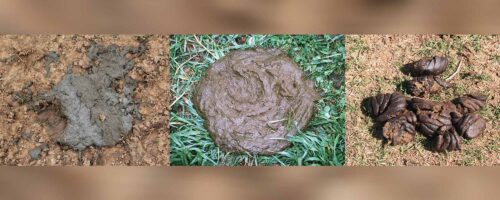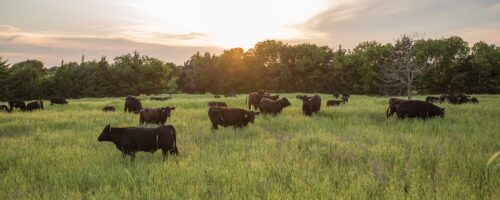Drip torches facilitate effective prescribed burns
If I could have only four tools to conduct prescribed burns or fight wildfires, they would be matches, a drip torch, an accurate weather forecast and a power sprayer with a water tank transported by a vehicle.
If I could have only four tools to conduct prescribed burns or fight wildfires, they would be matches, a drip torch, an accurate weather forecast and a power sprayer with a water tank transported by a vehicle. This article addresses the drip torch. A drip torch is a portable apparatus that applies flammable liquids to ignite vegetation. Drip torches are commercially available from companies such as Forestry Suppliers Inc., Ben Meadows, National Fire Fighter Corp., Gempler’s and several others.
A typical drip torch is made of aluminum and brass or bronze to reduce weight and risk of undesired sparks. It usually has a tank that holds 1.25 gallons of liquid, a handle, an adjustable air vent/breather valve to control liquid flow, a sealable lid, a tube or spout attached to the lid with a 360 degree loop (fuel trap) to prevent flashback or ignition of liquid in the tank, a one-way valve at the base of the tube or spout for additional flashback protection, a nozzle on the tip of the tube or spout, and a wick. A drip torch is a relatively simple device that lasts a long time when not abused. The Noble Research Institute purchased its initial drip torches 31 years ago. They have been used on hundreds of prescribed burns and continue to be used with little maintenance.
A drip torch is a useful tool for prescribed burning and removing fine fuel to stop wildfires because it allows an ignition person or crew to quickly and safely ignite fire in specific locations, and establish a continuous line of fire when desired. Fine fuels such as grass, forbs and tree leaves should burn quickly and thoroughly along the edge of a burn unit, in a black line or in other ignited locations during a burn, so an ignition person or crew and a fire suppression crew can efficiently progress through the burning/fire fighting process. Slower progress and discontinuous ignition typically occur when using alternative ignition techniques such as matches or oil-soaked fabric on a stick or dragged object. Discontinuous ignition or unburned skips can allow fire to later ignite and burn in undesired areas, such as in a black line or next to a firebreak after suppression crews have moved away. Ideally, all combustible material should be quickly, safely and thoroughly burned along a firebreak while a suppression crew is present to minimize the risk of spot fire or escaped fire developing outside the desired location.
The most common flammable liquid used in a drip torch is a mixture of diesel and gasoline. The mixture is usually 50 to 80 percent diesel, depending on the air temperature and ignition characteristics desired by the fire boss and ignition person or crew. Greater amounts of diesel within this range allow the mixture to adhere to vegetation and burn for longer brief periods of time. However, too much diesel in the mixture makes ignition of the mixture difficult and slows burning progress.
To use a drip torch, the air vent or breather valve is adjusted to obtain the desired flow of flammable liquid across the wick. A fire usually is started in vegetation with a match. Then the drip torch is dipped into the flame to ignite the wick. During ignition, the wick portion of the drip torch is pointed toward the ground and the drip torch is carried behind or along a person’s side. Flaming liquid can be tossed short distances with the drip torch to ignite difficult to reach areas such as into briers or ditches. To cease ignition, the wick portion of a drip torch is simply tilted upward. Important note: before a person with a lit drip torch steps out of a burn unit, e.g., into or across a firebreak, the wick should always be extinguished by blowing it out or covering it with a leather glove or metal cover to prevent starting an unintentional fire.



Comment